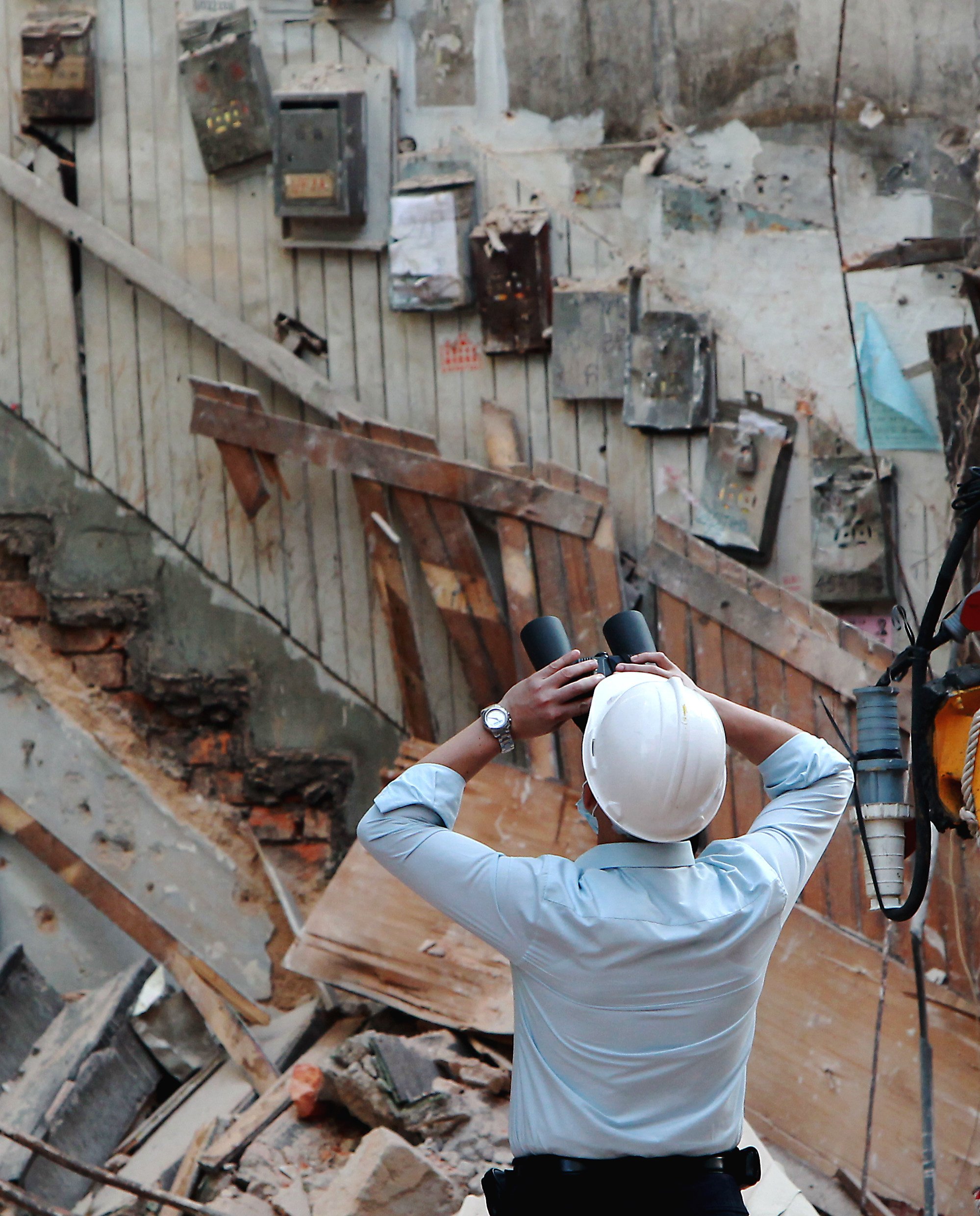
Ticking time bomb: just how widespread are Hong Kong’s undetected illegal property renovations?
- Illegal renovations on a flat only surfaced after a video was posted online. This raises the question: how many more similarly compromised apartments exist in our expensive and ageing housing market?
This raises a point – just how many other similarly compromised flats exist in a housing market that remains one of the world’s most expensive?
Hong Kong’s flats are not only expensive, but 59 per cent of private residential buildings are more than 30 years old. A Legislative Council report found that, at the end of 2019, many of the roughly 35,700 residential buildings were approaching the end of their 50-year working life. A fifth had been built in 1969 or earlier, and another 39 per cent were 30-49 years old.
With such devastating consequences, the elephant in the room is the absence of a mechanism to detect such modifications. Owners are unlikely to report their own illegal work and the problem may never surface until it becomes too late to rectify. Some offenders may wrongly believe that, since the building has not collapsed, it probably never will.

Most Hongkongers spend their life savings just to be able to afford a home. Often, this will be in multistorey building where owners and tenants have to depend on one other to comply with the law and deploy common sense. Like the Chinese saying, when everyone is on the same boat, we don’t start drilling holes in it.
But common sense is not always common. On a recent flight, while the seat belt sign was on, I counted no less than six passengers getting up to go to the toilet despite in-flight announcements to remain seated. Staying in place when the seat-belt sign is on is for the safety of all passengers. Only half were stopped while the others simply ignored the attendants and rushed into the toilets.
If people cannot even be trusted to respect straightforward safety rules that are enforced in plain view, trusting everyone in the privacy of their own homes to respect all the building rules may be a little optimistic.
Not all is lost, however. There is a legal framework to deal with the high-density nature of homes, such as providing for the formation of an incorporated owners’ committee for building management and a deed of mutual covenant to set out the rights and obligations of a building.
Owners planning alteration works on their flats are required to ensure they comply with the Buildings Ordinance and its subsidiary legislation. But this provides little comfort next to the question I posed at the beginning.
If no one is able to detect these illegal modifications, could we all be living in a ticking time bomb? If using such strong words can raise awareness to prevent these illegal alterations from recurring, it will be worth it.
Franklin Koo is an accredited mediator, lawyer and author of “Power to the People: Extending the Jury to the Hong Kong District Court”


